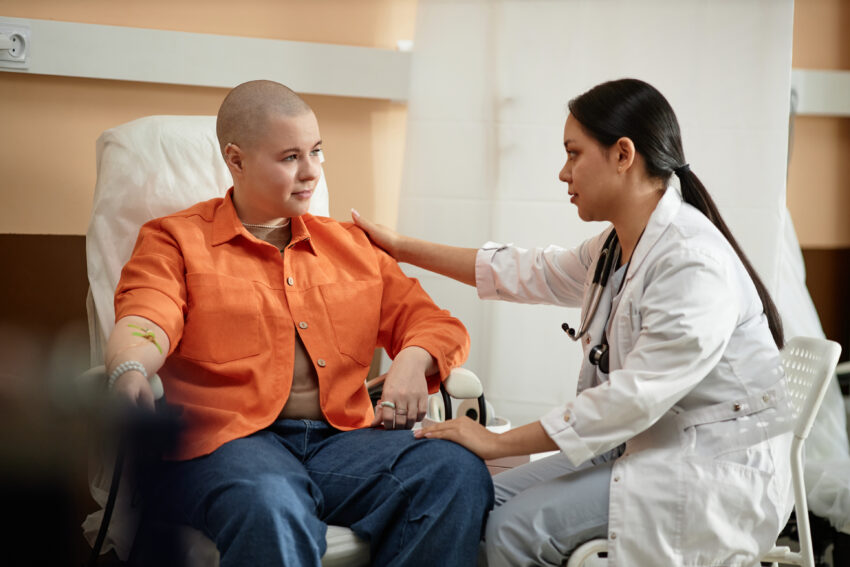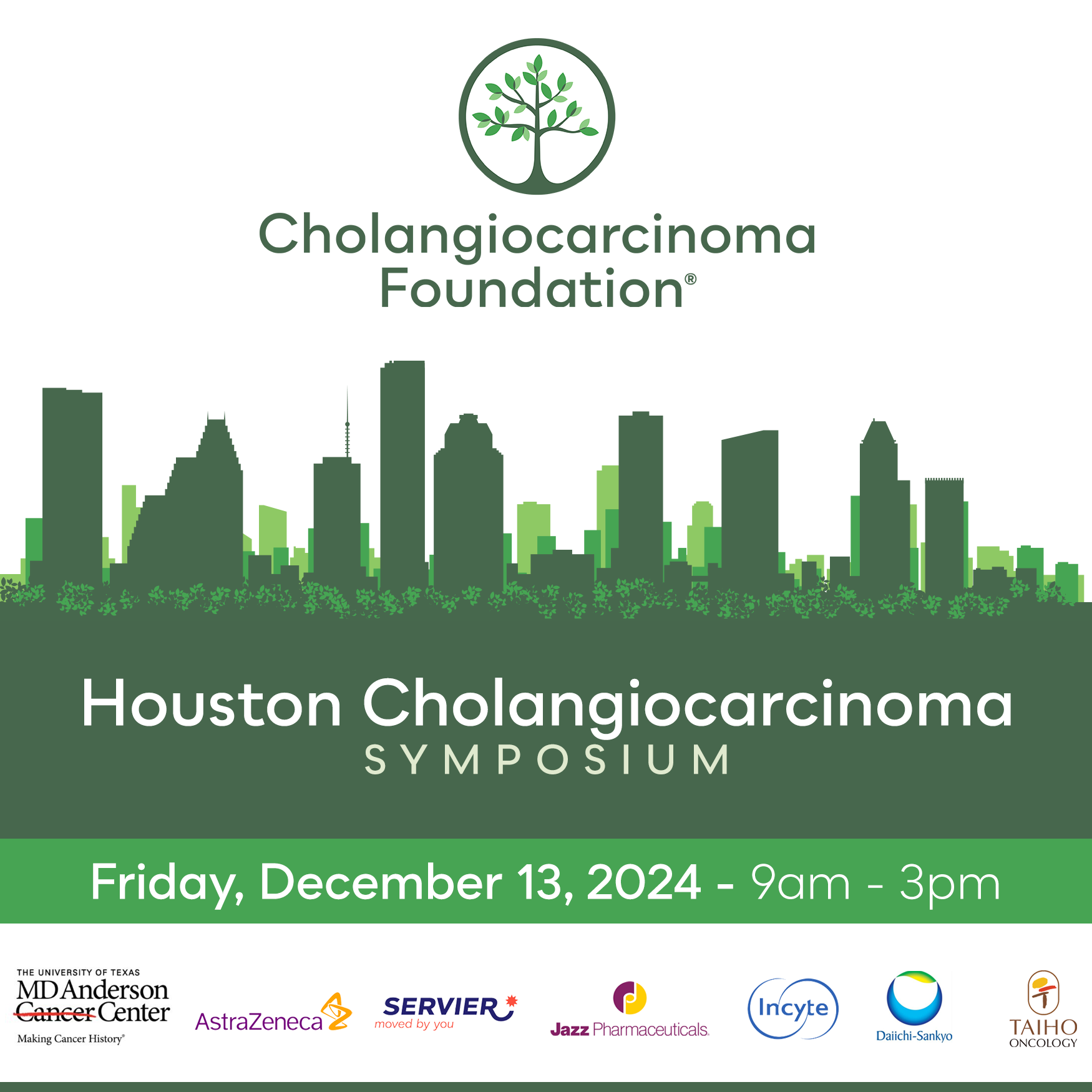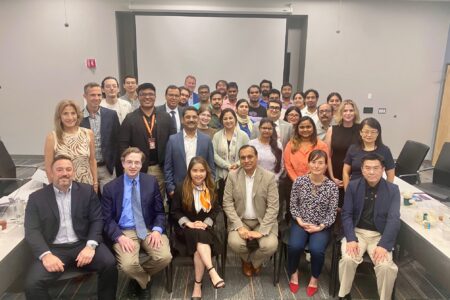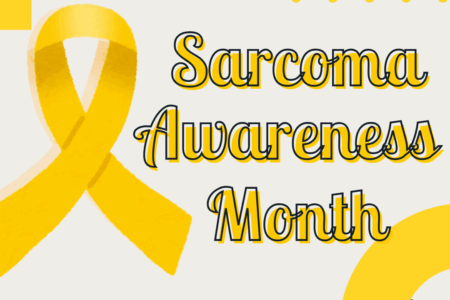
Share On Social!
In a lifetime, four in 10 US adults will be diagnosed with cancer, according to WebMD.
Most of these cancers will be found in the breast, prostate, lung, colon, bladder, kidney, skin, and pancreas.
Meanwhile, others may receive a rare cancer diagnosis, such as cholangiocarcinoma, which is a rare form of cancer that affects the bile duct.
Due to their low incidence, less is known about these rare cancers and there are fewer opportunities available to change that.
To learn more about cholangiocarcinoma, the Cholangiocarcinoma Foundation is partnering with the MD Anderson Cancer Center to put on the 2024 Houston Cholangiocarcinoma Symposium: A Gathering of Knowledge, Support, and Hope on Dec. 13, 2024.
Cholangiocarcinoma Symposium
The 2024 Houston Cholangiocarcinoma Symposium is bringing together experts, researchers, healthcare professionals, patients, and supporters to learn more about bile duct cancer and how to fight it.
The in-person event will “share the latest advancements in research and treatment while fostering a supportive community for those affected by this rare and challenging cancer,” according to a symposium news release obtained by Salud America!

Attendees will learn about the latest treatment options, such as therapies and clinical trials. Clinical trials are studies with volunteers that explore ways to find, prevent, and treat diseases, like cancer.
Healthcare providers in attendance will have the opportunity to learn about new resources and connect with programs meant to improve cancer outcomes for patients.
Patients and caregivers can network and learn from one another’s experiences
“Through shared experiences, individuals often find strength and solace, knowing they are not alone in their fight,” the news release said.
While sharing their experiences, patients and caregivers can also ask experts questions and participate in discussions to grow their understanding of the disease.
For accessibility, translations of the symposium are available in Spanish and Chinese.
To learn more about the symposium or register to attend visit the 2024 Houston Cholangiocarcinoma Symposium website.
What is Cholangiocarcinoma?
Cholangiocarcinoma is a rare type of bile duct cancer that affects the system of ducts that connects the liver, gallbladder, and small intestines.
This network of ducts is responsible for collecting fluid produced by the liver to process and break down fats during digestion, according to the National Cancer Institute (NCI).
There are three different types of cholangiocarcinoma.
The first is intrahepatic bile duct cancer, which occurs when cancer develops in the ducts within the liver.
If the cancer forms outside the liver in either the perihilar or distal bile duct, then it’s extrahepatic bile duct cancer.
The perihilar bile duct is the area where the right and left bile ducts exit the liver, and this type of cancer is known as a Klatskin tumor of perihilar cholangiocarcinoma.
Lastly, there is distal bile duct cancer, which occurs in the area where the ducts from the liver and gallbladder connect to form a duct that passes through the pancreas and ends in the small intestine, according to NCI. This cancer is known as extrahepatic cholangiocarcinoma.
How is Cholangiocarcinoma Diagnosed and Treated?
Symptoms of bile duct cancer include jaundice or yellowing of the skin or whites of the eyes, abdominal pain, fever, nausea and vomiting, unexplained weight loss, itchy skin, and more.
To diagnosis and show the spread of the cancer, a healthcare provider may perform a procedure that involves taking pictures of the bile ducts.
Some of these methods include ultrasound examination, CT scan, an MRI, or a Magnetic resonance cholangiopancreatography (MRCP), which uses a magnet, radio waves, and a computer to take pictures of areas inside the body, according to the NCI.
The provider may also do a physical exam, perform liver function tests, lab tests, and tumor marker tests.
Healthcare providers may also order a biopsy of the area, which could include laparoscopy (a procedure that looks at all the organs inside the abdomen to check for cancer), an x-ray of the liver and bile ducts, or an endoscopic ultrasound procedure where a small sample can be removed and tested for cancer.
Treatment for cholangiocarcinoma varies. It depends on several factors, including how far the cancer has progressed, location, which can impact how difficult it could be to perform surgery, and how much it has spread.
Cholangiocarcinoma is usually treated with surgery. However, those factors may make it difficult for all of the cancer to be removed, especially once it has spread. Due to this, a provider may order radiation therapy or chemotherapy to help remove, shrink, or slow the growth of the tumor.
Additional treatment may include palliative therapy, which may help symptoms and improve the patient’s quality of life.
Intrahepatic bile duct cancer has a five-year overall survival rate of 8% while extrahepatic has an overall five-year survival rate of 10%. The chance for survival is increased based on the above factors, according to the Cleveland Clinic.
Rare Cancers in Latinos
Researchers estimate that 22% of invasive cancers in the US are rare, according to the publication The Burden of Rare Cancers in North America.
The same publication found that Latinos have the highest percentage of rare cancer diagnosis at 27%.
In fact, Latinos have some of the highest rates of gallbladder, liver, stomach, cervical, and penile cancers, according to Variability in Cancer Risk Outcomes Within US Latinos by National Origin and Genetic Ancestry.
Not only do Latinos experience a higher incidence of rare cancers, but they are also diagnosed at later stages for more common cancers such as breast, colorectal, prostate, lung, and melanoma.
Latinos are more likely to be diagnosed at later stages for a multitude of reasons.
A primary reason why Latinos are getting diagnosed later is a lack of insurance.
Latinos continue to be among the most uninsured populations in the US, preventing them from seeking regular check-ups, including routine cancer screenings.
The lack of insurance also keeps Latinos from seeking medical attention. Someone without insurance may put off the nagging feeling that something might be wrong because they can’t afford the cost of treatment.
A delayed cancer diagnosis can result in later stage diagnosis’s, which are more expensive and more aggressive to treat, and have a higher probability of ending in the death of the patient.
Cancer continues to be one of the leading causes of death in Latinos.
Other factors such as proximity to hospitals or treatment centers can also play a significant role in cancer outcomes.
Many Latinos live in areas known as healthcare deserts where access to basic care is miles away from where they reside and need transportation, time, and means to get to. This can also contribute to delays in diagnosis and worse health outcomes.
Increasing Latino Cancer Clinical Trial Participation
One way of addressing healthcare gaps and Latino cancer outcomes is by increasing the number of Latinos in clinical trials.
Clinical trials are studies made up of volunteers that test ways to find, prevent, and treat illnesses, chronic health conditions, and diseases, such as cancer.
Due to numerous challenges, Latinos currently make up just 10% of participants in clinical trials run by the National Cancer Institute and 4% of drug trials run by the FDA.
What’s more, only 1 in 5 Latinos diagnosed with cancer seek a clinical trial.
In addition to testing new medications and therapies, they may also help improve the quality of life for those affected by cancer or reduce the side effects of treatment.
One doesn’t need to currently be diagnosed with cancer to participate in clinical trials, they also have clinical trials geared toward survivors.
The Avanzando Caminos (Leading Pathways): Hispanic/Latino Cancer Survivorship Study is looking to recruit 3,000 Hispanic/Latino cancer survivors in South Texas and South Florida.
The study endeavors to help understand the social, behavioral, mental, biological, and other influences on post-cancer life.
Over the course of five years, Hispanic/Latino survivors of breast, colon, kidney, liver, lung, prostate, stomach or cervical cancer, will participate in seven visits consisting of assessment interviews and blood draws.
Eligible participants will have completed their primary cancer treatment within the last 10 years, be 18 or older, and be able to communicate in English or Spanish.
To volunteer or inquire about the study, contact the study team at the Institute for Health Promotion Research at UT Health San Antonio at 210-562-6514 or caminos@uthscsa.edu, or visit the Avanzando Caminos website in English or Spanish.
The study is led by Dr. Amelie Ramirez, the director of Salud America! at UT Health San Antonio.
While Ramirez is overseeing the study, she’s also creating new ways to get Latinos engaged in cancer and Alzheimer’s clinical trials, with help from Genentech, a member of the Roche Group.
One of the ways of doing this is by highlighting the latest open clinical trials and showcasing stories of Latino clinical trial participants on the Salud America! website.
“Latinos who participate in clinical trials have the potential to help themselves, and contribute to the development of new treatments for people in the future,” Ramirez said.
To find a clinical trial, visit the Salud America! clinical trials page.
In San Antonio, search the Mays Cancer Center at UT Health San Antonio’s Find a Clinical Trial database to learn more about available clinical trials and eligibility requirements.
Nationally, visit clinicaltrials.gov to find a clinical trial near you.
Explore More:
Latino CancerBy The Numbers
25
years
of life expectancy between some U.S. cities.



